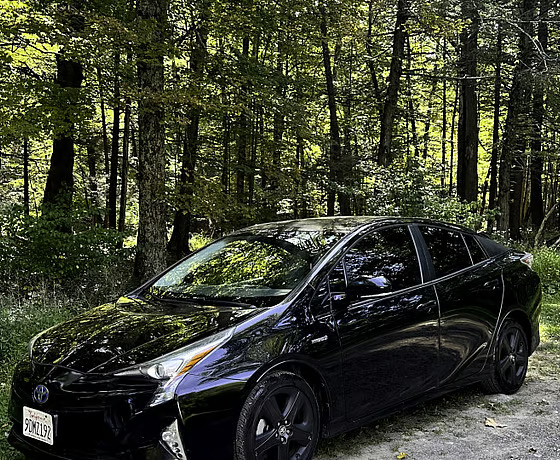Toyota Claims You’ve Been Fooled—Many “Hybrids” Don’t Deserve the Name
The word "hybrid" is among the most prevalent buzz phrases in the automotive industry today. As car companies rush to electrify their products, you will see the hybrid label on anything from compact sedans to large SUVs.
But, according to Toyota, which helped popularize hybrid technology, many vehicles carrying that label don't deserve the name. The company claims car makers mislead customers by applying the term loosely, especially to systems with little electronic benefit.
Toyota’s Worries Over Mild-Hybrid Systems
Definition Trouble
Toyota believes mild-hybrid systems, which use a 48-volt battery to assist the engine, should not be called true hybrids.
Misleading Customers
Calling mild-hybrids hybrids misleads customers about the capabilities and fuel savings for which they actually offer.
Performance and Efficiency
Unlike credible hybrids, mild-hybrids cannot run on electric energy alone. Mild-hybrids' impacts on fuel economy and performance are minimal.
A Call for Transparency
Toyota believes terminology should be accurate, so customers understand what they are actually purchasing as opposed to being influenced by marketing terms.
Understanding the Differences Between the Hybrids
To understand Toyota's position, it is helpful to recognize the key differences between all the electrified powertrains available right now. All cars marketed as hybrids are not equivalent, and the technology will differ dramatically between hybrid categories.
Here is a breakdown that should be easy to follow:
Mild-Hybrid (MHEV)
This technology uses a small 48-volt battery and motor to provide power assistance to the gasoline engine. It is typically used to aid the engine when starting or during acceleration. It can improve fuel economy just slightly and can make your car feel a bit more seamless. An MHEV cannot drive the vehicle on electricity alone. Toyota considers calling this a hybrid to be misleading.
Full Hybrid (HEV)
This is what most think of when they hear "hybrid." A full hybrid has a larger battery pack and more powerful electric motor that work in conjunction with the gasoline engine.
The vehicle can operate on battery at lower speeds for short distances, switch to a gasoline engine for power, or a combination of both for good fuel economy. A couple of classic examples of HEVs are the Toyota Prius and RAV4 Hybrid.
Plug-in Hybrid (PHEV)
A PHEV enhances the ability of a hybrid vehicle to operate electrically via a larger battery that you can charge by plugging it into an electrical outlet, similar to an EV. Example PHEV driving range is typically 25-50 miles of battery-only use before the gasoline engine will operate. The Toyota Prius Prime and RAV4 Prime are examples of PHEVs.
Why Transparency Matters
Toyota cares about misleading their customers about the type of hybrid they are getting. A mild-hybrid does not provide the same fuel savings as a full-hybrid or allow for traditional electric driving.
This is why you see some models with 48-volt technology labeled "V Active" instead of "hybrid." By being transparent with the vehicle capabilities, Toyota is looking out for the driver first and establishing customer trust.




